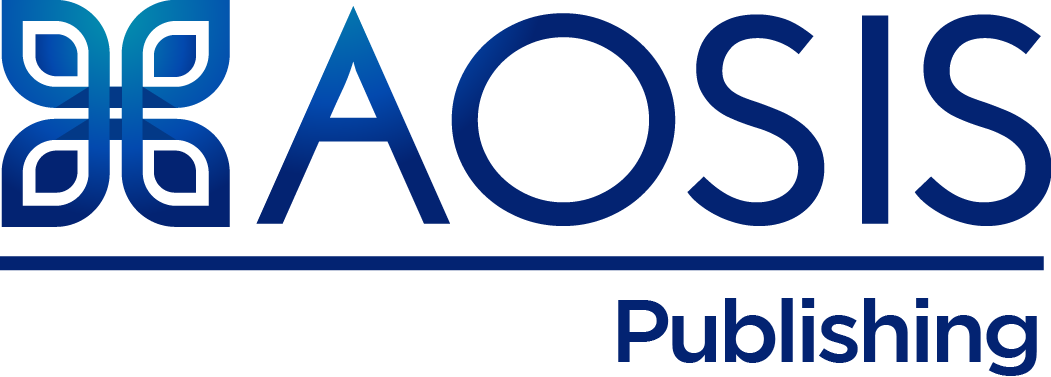Acute myocardial infarction at a district hospital in KwaZulu-Natal – Management and outcomes
South African Family Practice
| Field | Value | |
| Title | Acute myocardial infarction at a district hospital in KwaZulu-Natal – Management and outcomes | |
| Creator | Badat, Zakariya Rangiah, Selvandran | |
| Description | Background: Acute myocardial infarction (AMI) following ischaemic heart disease (IHD) is associated with increased morbidity and mortality. The condition remains a management challenge in resource-constrained environments. This study analysed the management and outcomes of patients presenting with AMI at a district hospital in KwaZulu-Natal.Methods: A descriptive study that assessed hospital records of all patients diagnosed with AMI over a 2-year period (01 August 2016 to 31 July 2018). Data extracted recorded patient demographics, risk factors, timing of care, therapeutic interventions, follow up with cardiology and mortality of patients.Results: Of the 140 patients who were admitted with AMI, 96 hospital records were analysed. The mean (standard deviation [s.d.]) age of patients was 55.8 (±12.7) years. Smoking (73.5%) and hypertension (63.3%) were the most prevalent risk factors for patients with ST elevation myocardial infarction (STEMI) in contrast to dyslipidaemia (70.2%) and hypertension (68.1%) in patients with non-ST elevation myocardial infarction (NSTEMI). Almost 49.5% of patients arrived at hospital more than 6 h after symptom onset. Three (12.5%) patients received thrombolytic therapy within the recommended 30-min time frame. The mean triage-to-needle time was 183 min – range (3; 550). Median time to cardiology appointment was 93 days. The in-hospital mortality of 12 deaths considering 140 admissions was 8.6%.Conclusion: In a resource-constrained environment with multiple systemic challenges, in-hospital mortality is comparable to that in private sector conditions in South Africa. This entrenches the role of the family physician. There is need for more coordinated systems of care for AMI between district hospitals and tertiary referral centres. | |
| Publisher | AOSIS | |
| Date | 2022-06-13 | |
| Identifier | 10.4102/safp.v64i1.5463 | |
| Source | South African Family Practice; Vol 64, No 1 (2022): Part 3; 8 pages 2078-6204 2078-6190 | |
| Language | eng | |
| Relation |
The following web links (URLs) may trigger a file download or direct you to an alternative webpage to gain access to a publication file format of the published article:
https://safpj.co.za/index.php/safpj/article/view/5463/7402
https://safpj.co.za/index.php/safpj/article/view/5463/7403
https://safpj.co.za/index.php/safpj/article/view/5463/7404
https://safpj.co.za/index.php/safpj/article/view/5463/7405
|
|
ADVERTISEMENT



